It has been about 18 months since the Coronavirus pandemic changed the world. I don’t know about you, but I am still trying to adjust to this “new normal.” I won’t go into the political aspects of the pandemic, except to comment that the virus has polarized this country in ways I have never seen during my 67 years on this planet.
Here in Alabama, it seems that the Delta variant of the virus is finally starting to slow down. That is, unless we have another wave because of football season. (Roll Tide!)
My husband and I have limited our trips outside the house when possible and have taken precautions — masking, hand-washing and social distancing — when leaving home during the past year and a half. We have not been infected with COVID, but we both have friends who haven’t been as fortunate.
We have made only a few trips to our beach house in south Alabama in the past year, mostly because the house was damaged by Hurricane Sally in September 2020. Most of that damage has been fixed, and we hope to have the rest of the work completed by Thanksgiving.
The beach house became a safe place for us to visit during the pandemic. We will continue to go there regularly, and we feel safe doing that as long as we take precautions when buying groceries and going out to dinner in the area. It gets us out of town, which we need.
My husband and I had to cancel two cruises we planned before the pandemic. But our favorite cruise line opened back up this summer, and just a couple of weeks ago, we went on a Greek Island cruise, during which we toured Athens and the islands of Rhodes and Mikonos.
We felt safe during the trip because we had both vaccinations earlier in the year and the booster a few weeks beforehand, and we had three required COVID tests during the trip — before, during and after the cruise. We took precautions during the trip, and everyone on the ship was vaccinated. I don’t think I realized how much I needed that time away until we returned home afterward.
I also have good news to report regarding my efforts to change to a different disease-modifying drug in the hope of improving my MS symptoms. If you read my blog, you may recall I reported a worsening of MS symptoms to my neurologist a year ago. My neurologist said my secondary progressive MS has become active, and she suggested I change my disease-modifying drug. She prescribed Ocrevus.
However, because of the pandemic and other delays, it has taken some time to get on the new drug. I am happy to report that my medical insurance plan has finally given prior approval for the drug, and I am scheduled for my first infusion next month.
:See photos below of our cruise to Greece:


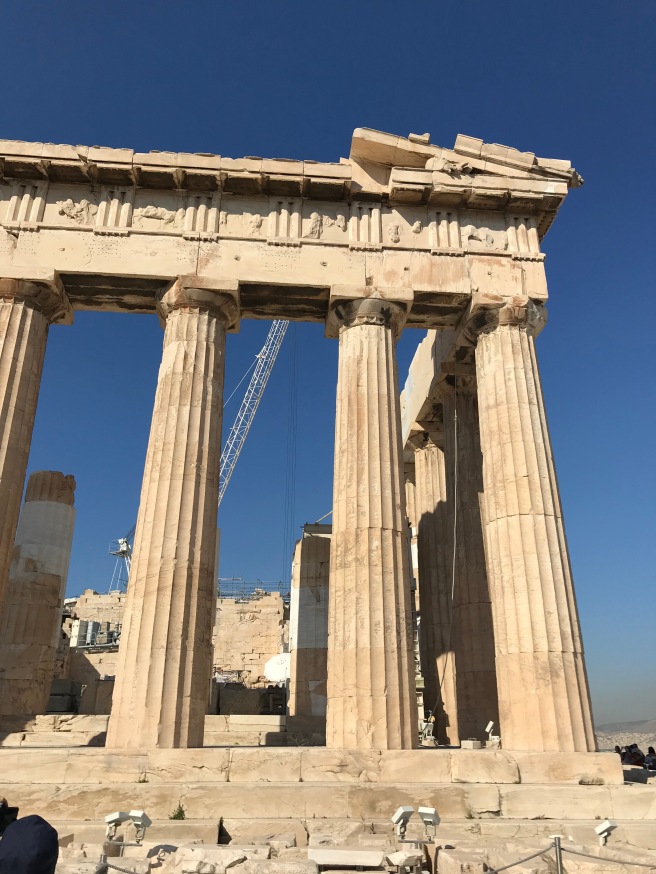
The Acropolis, Athens
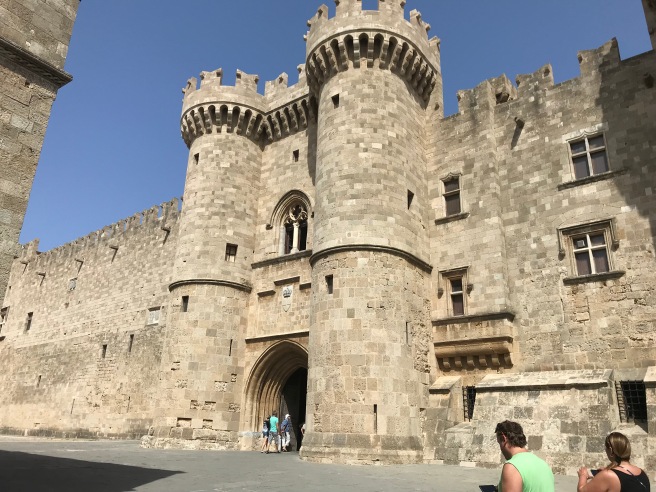
The castle of the knights of Rhodes, which was captured by the Ottomans in the 16th Century.
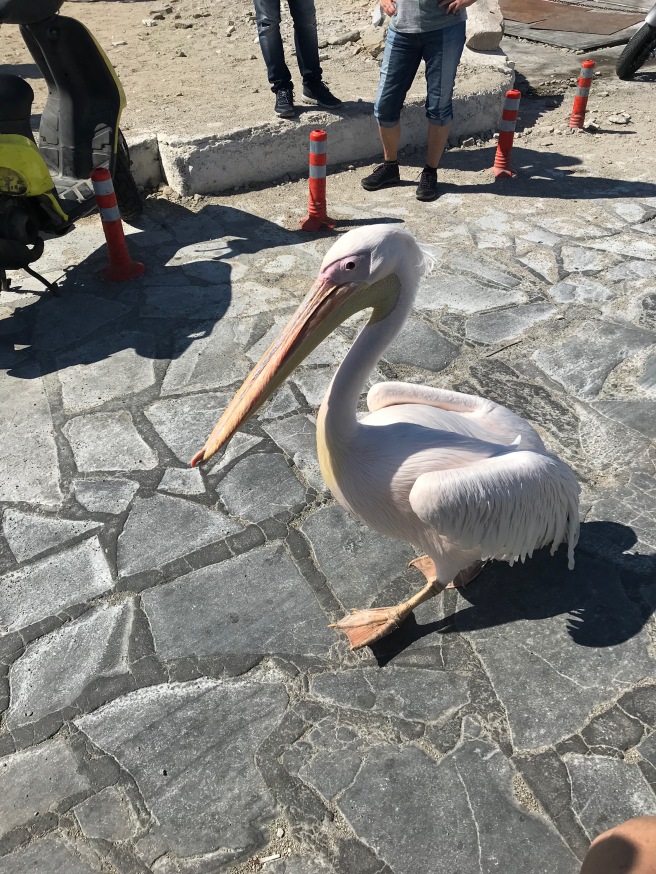


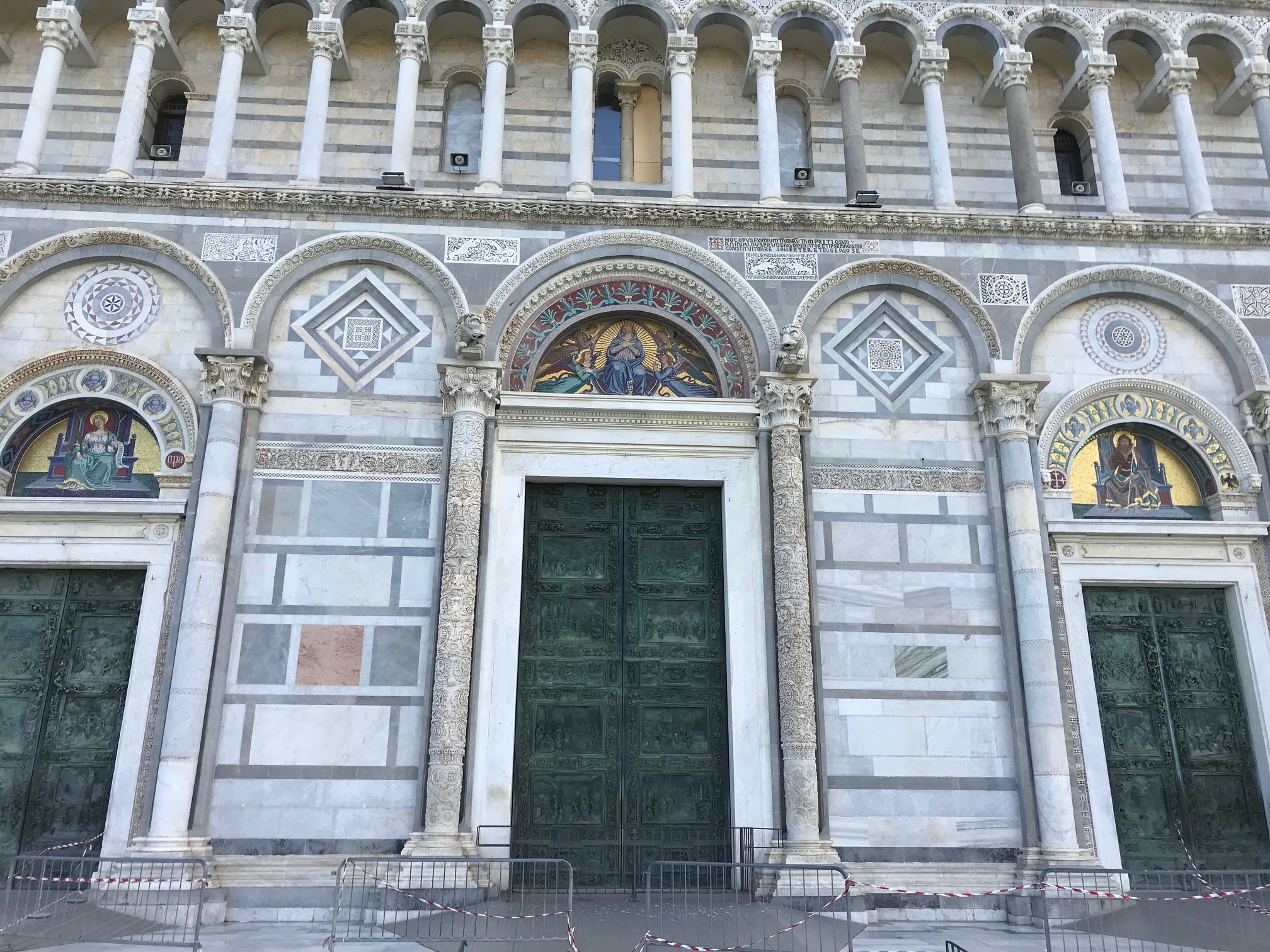



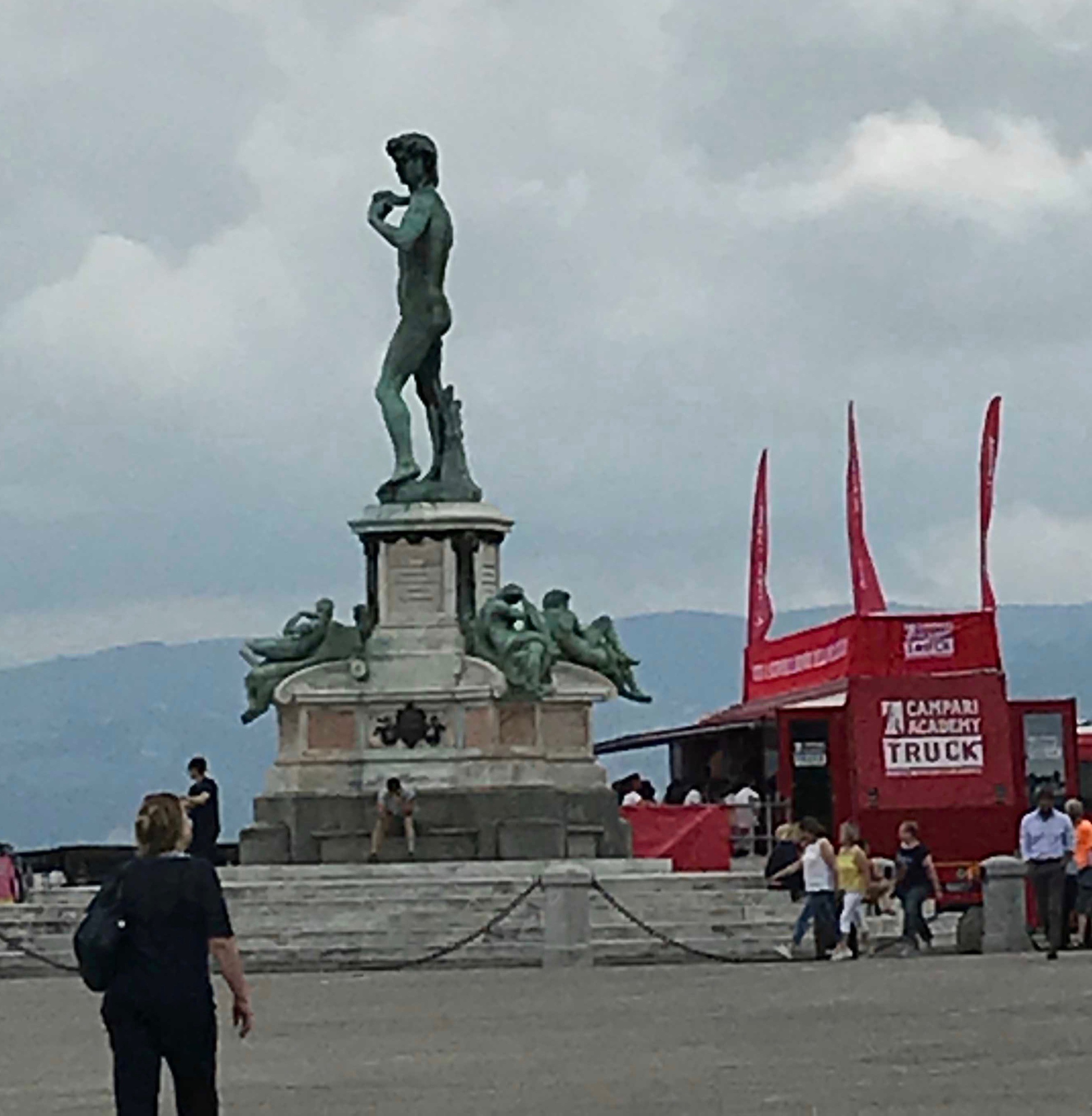

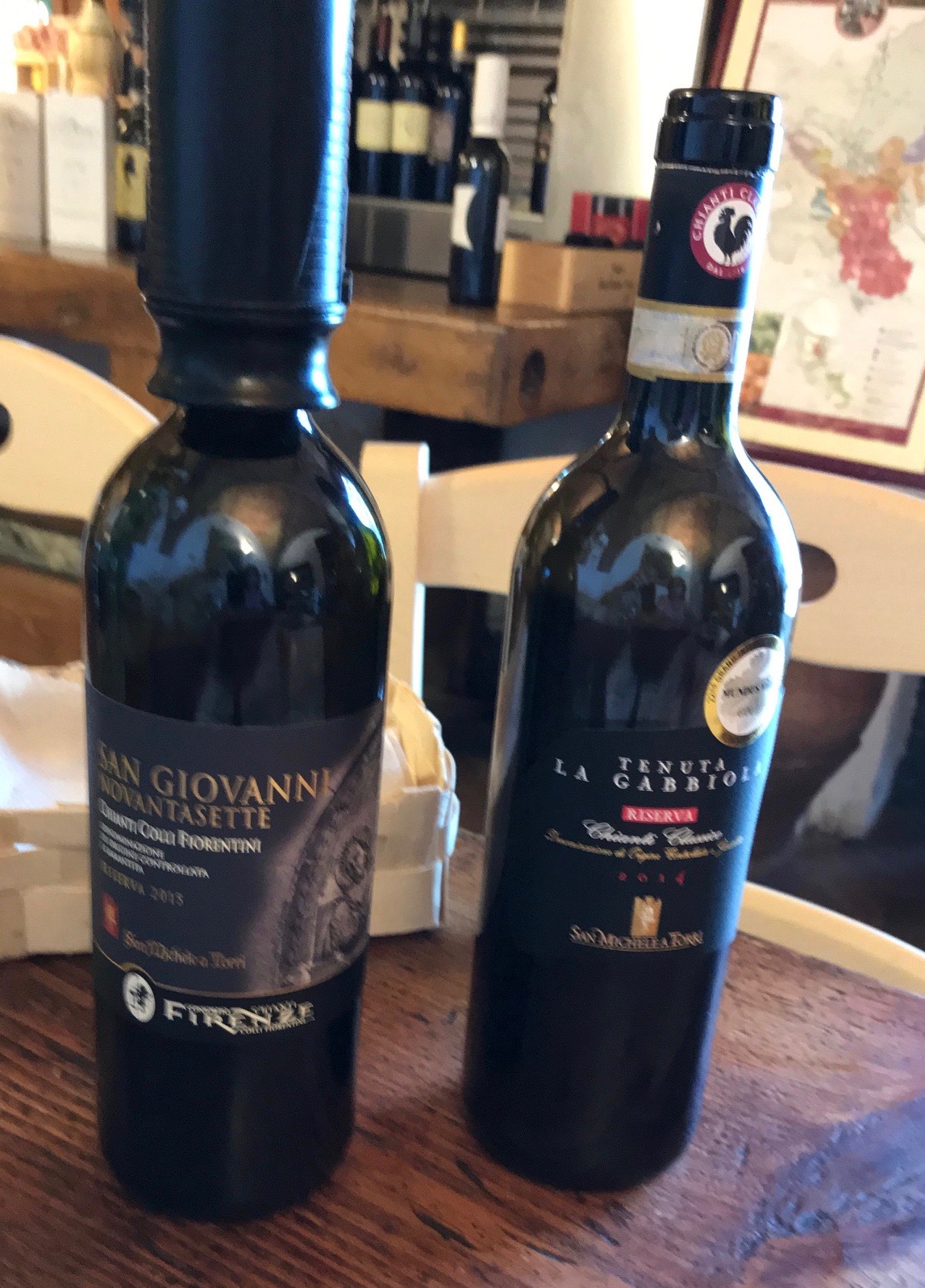

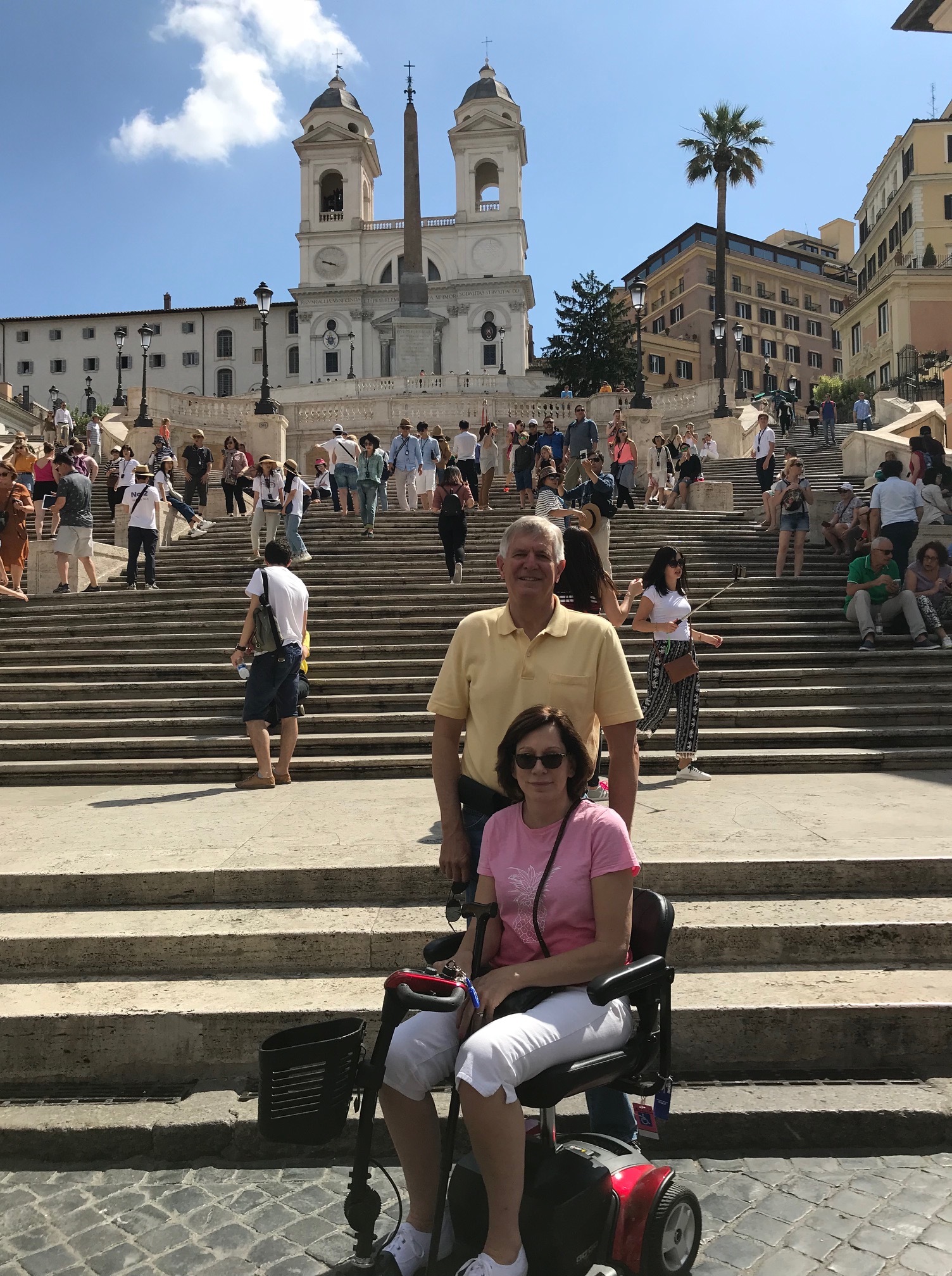




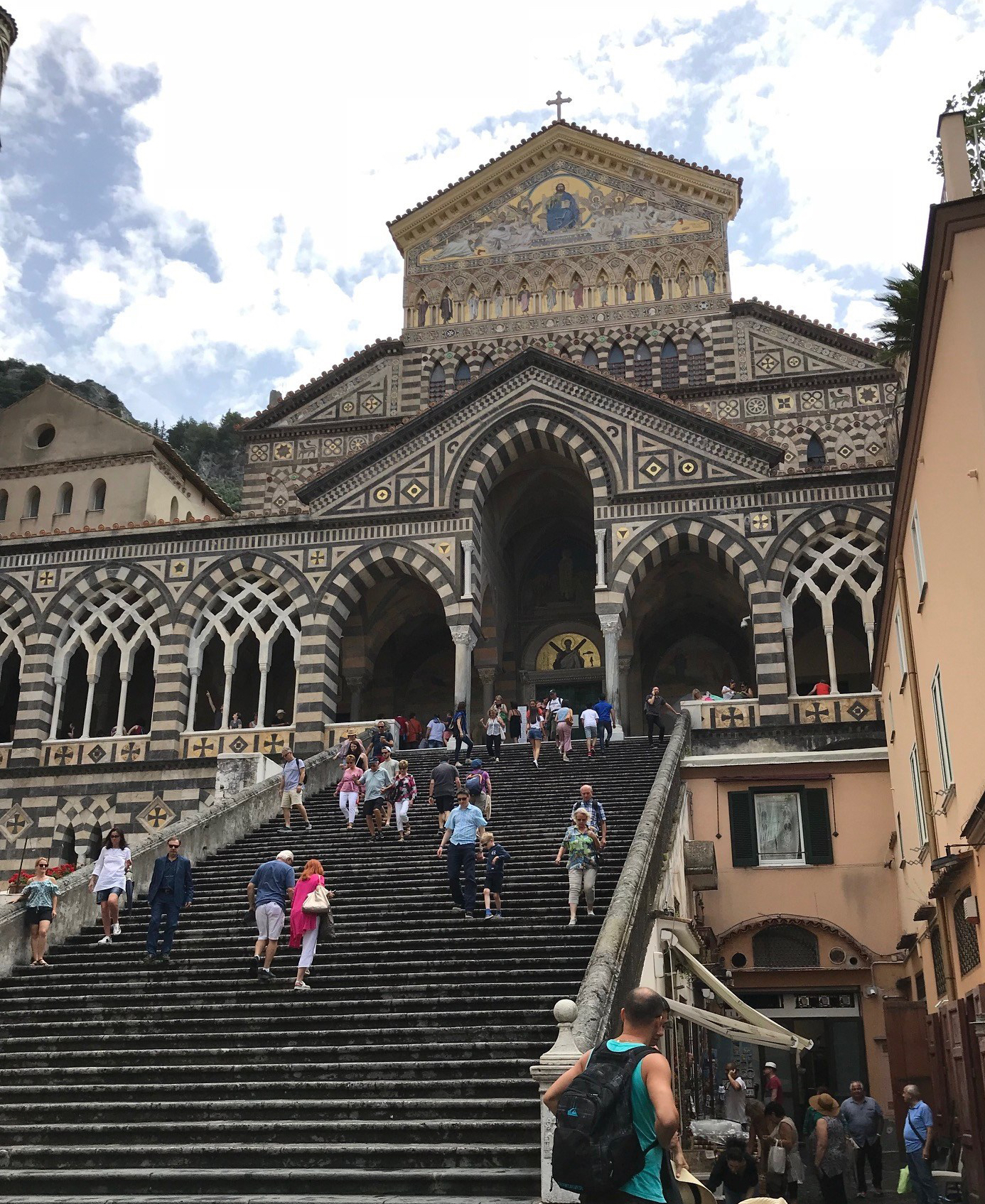





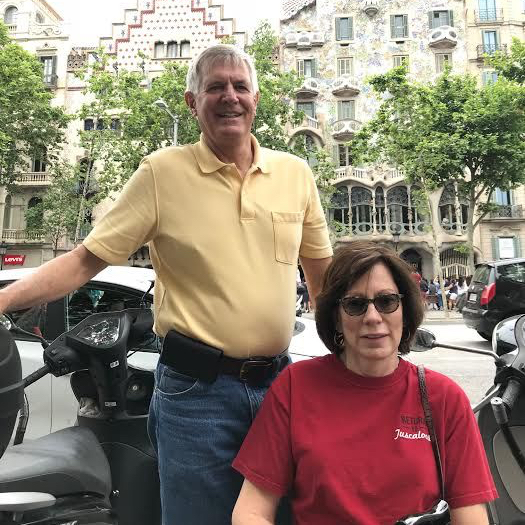

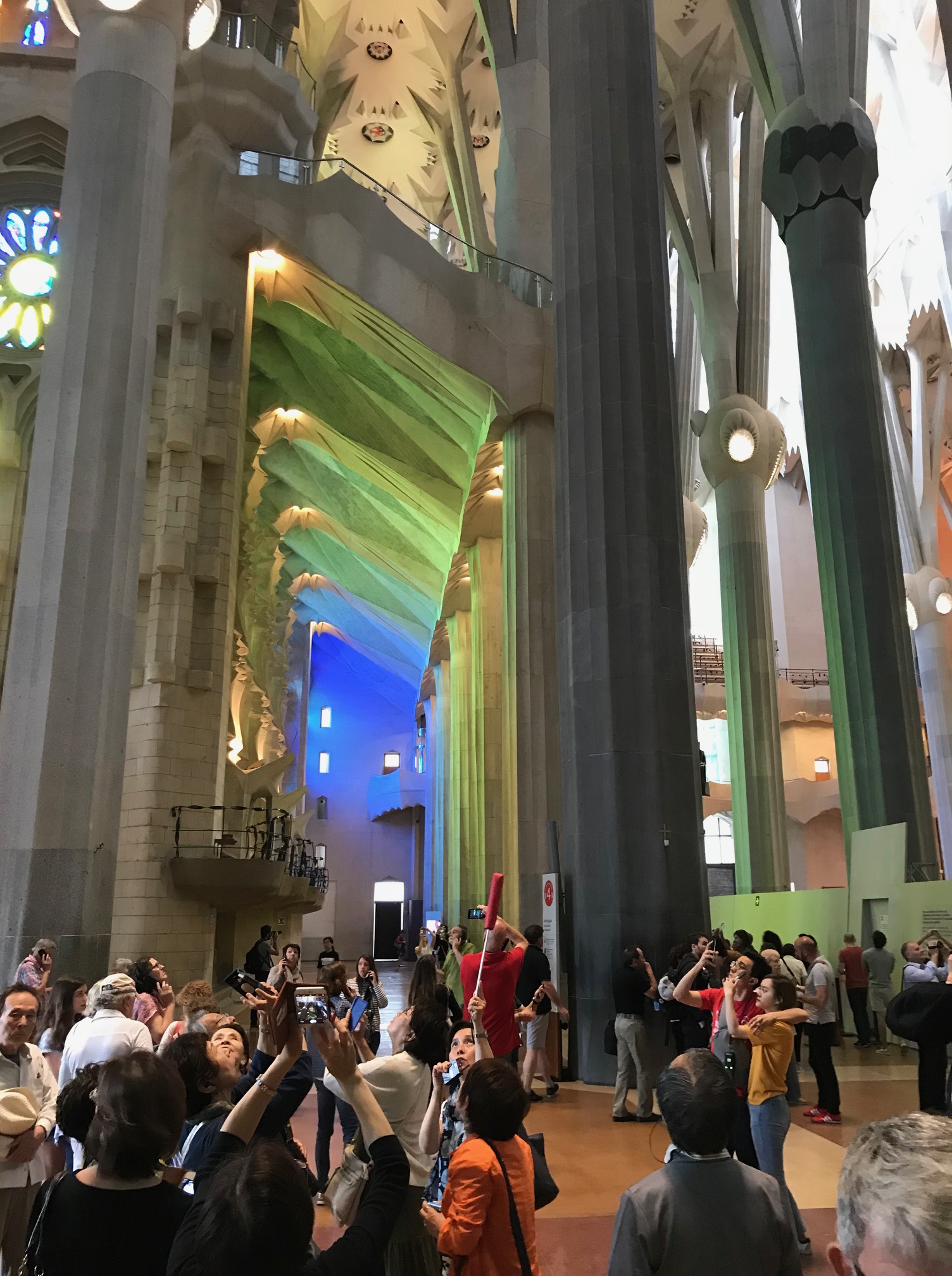

 The SaeboStep is a lightweight foot-drop brace that pulls the front of my foot upward. It works in the same way that a brace does but is smaller than a conventional brace. It doesn’t go inside my shoe, and it’s adjustable.
The SaeboStep is a lightweight foot-drop brace that pulls the front of my foot upward. It works in the same way that a brace does but is smaller than a conventional brace. It doesn’t go inside my shoe, and it’s adjustable.